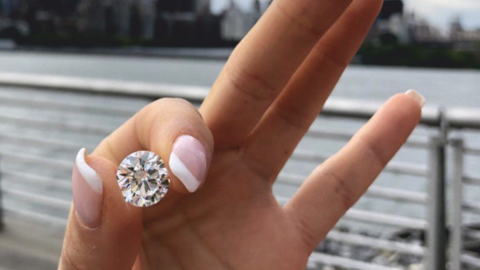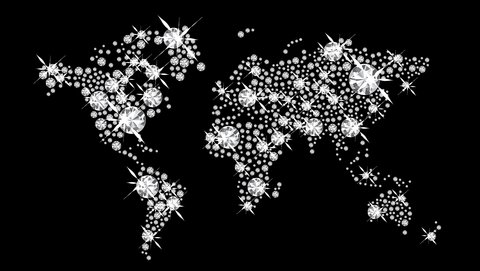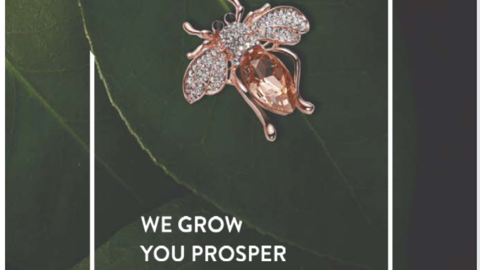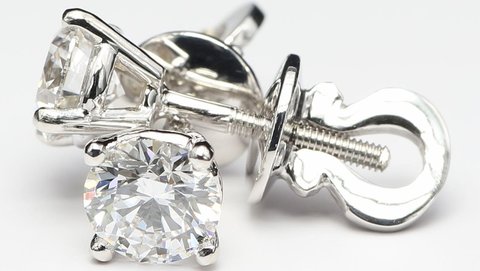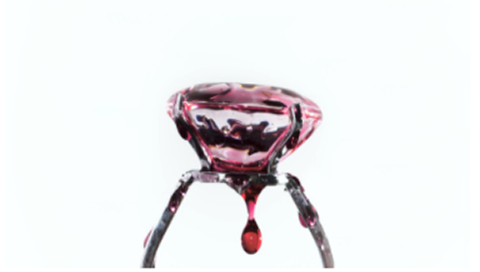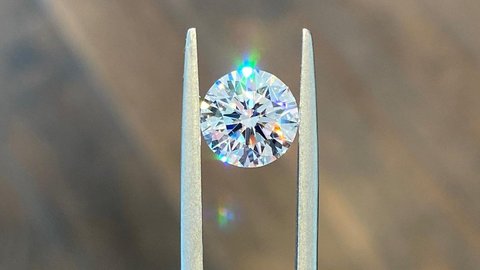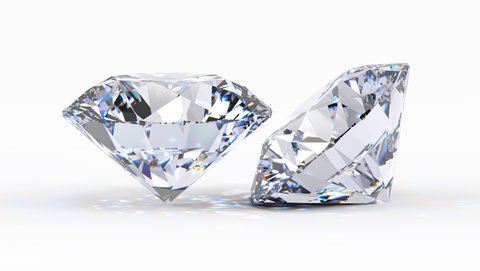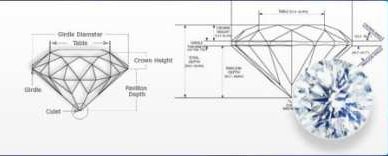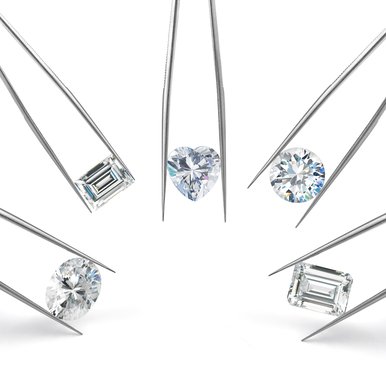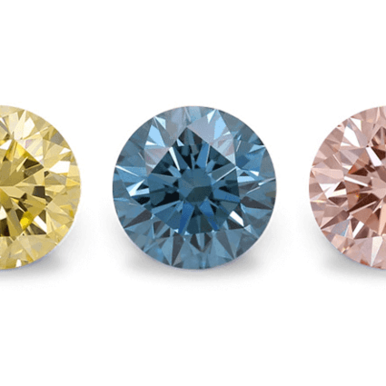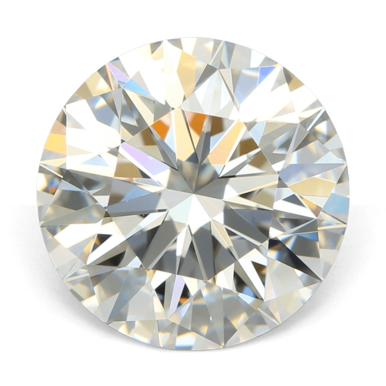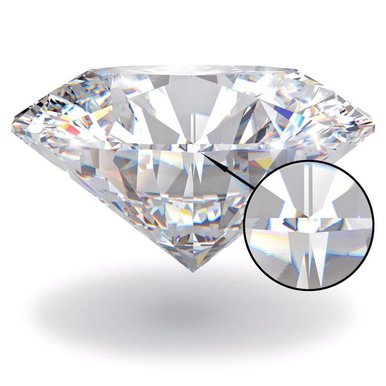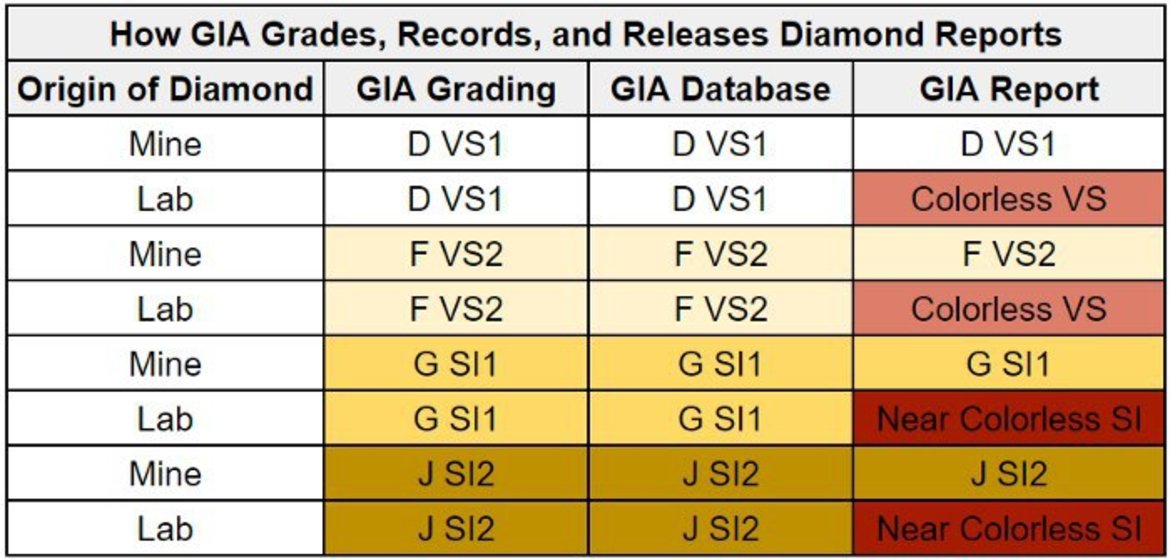
GIA certified lab-grown diamonds
As the demand for lab-grown diamonds increases in general, so do the requirements for specific traits these stones should possess. One of the main characteristics that consumers are looking for is the GIA report. The laboratory is considered to be the most popular and most trusted to grade the mined diamonds at, and consumers desire the same level of credibility for their lab-created gems. But does GIA grade lab-grown diamonds and what are the differences from other reports? Here is what you need to know.
GIA first started certifying laboratory grown diamonds in 2007. However, unlike other laboratories, their certificates didn’t include the specific color and clarity grades. Instead they opted for range groups. For example, both D- and F-colored diamonds would have the same grade as “Colorless”. That was considered a significant issue by many manufacturers, us included, as this practice confused the general public. Thus, there was a very limited amount of GIA certified lab-grown diamonds available for purchase.
This all changed in 2020, when GIA updated their policy. They introduced new lab-grown diamond certificates with the exact color and clarity grades. However they were only accessible online with no physical reports being printed. This new policy allowed for a fast influx of the GIA-graded lab diamonds on the market. “We are responding to consumer demand,” said GIA Chief Executive Susan Jacques at that time. And the demand certainly was there. By updating their policy GIA, the most trusted gemmological laboratory, basically approved man-created diamonds as legitimate diamonds that should be graded by the same standards as the mined ones.
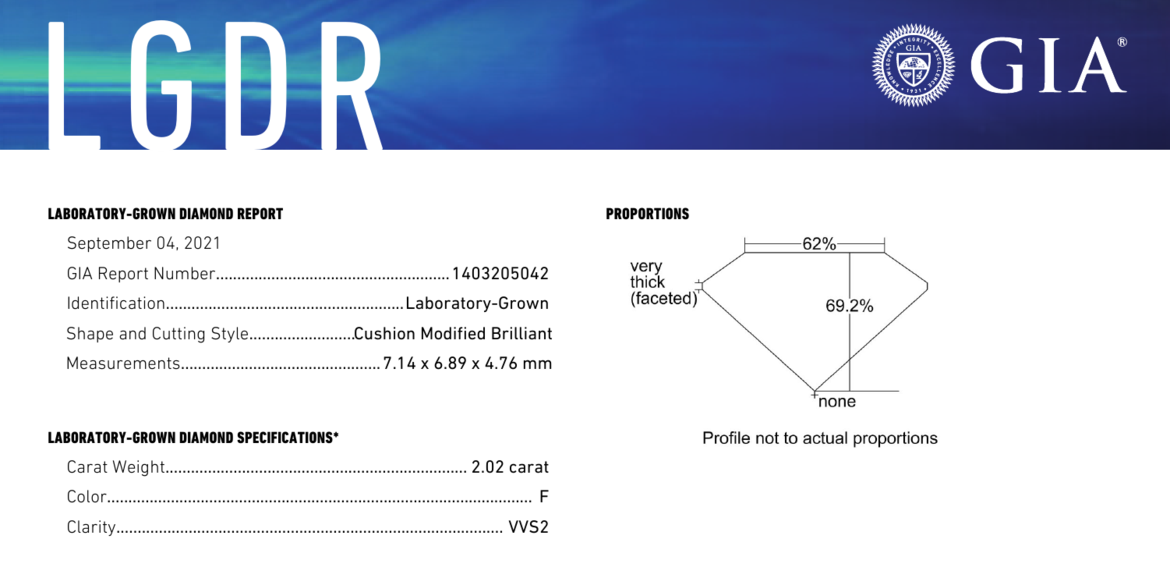
While GIA reports don’t include as much specification as GCAL, they still have the basic requirements: 4C grades, diamond plot and the comments with additional information. Due to the name recognition, grading lab-grown diamonds at GIA still can be a little pricey for many growers and wholesalers. GIA is increasing the amount of manufactured diamonds they certify, still IGI remains the go-to institute for lab-grown grading in terms of volume due to the cost-efficiency. Recently GIA has introduced an additional type of report, called lab-grown diamond dossier, that should help increase the amount of companies and individuals that use the laboratory to grade their man-made gemstones. The updated option doesn’t have a plot diagram of the stones and is significantly less expensive.
Additional issue that stops some customers from certifying at GIA is their digital-only policy. Many consumers still want to get a physical report along with the diamond they purchase. However, this issue is also easily resolved, as GIA offers pdf files of the reports in their database, which are easily printed and laminated. This is what many companies choose to do rather than not having a physical certificate at all. Having the report does make a difference and increases the chances of successful deals. While people from industry are advocating for official physical GIA lab-grown certificates, we still are very pleased with GIA certification of lab-created diamonds in general. We at LaBrilliante understand how important it is to have your diamond with a certificate by a gemmological laboratory that you trust. Whether it’s IGI, GCAL, or GIA, we have what you require.


